--
Atolia

Atolia 1910
In 1912 Germans came to the area looking for scheelite ore, the ore tungsten is found in. Tungsten makes steel harder and stronger, invaluable qualities during war time. Decades later, a gold vein was discovered and is still mined today.
"Shortly after the turn-of-the-century, prospectors south of Red Mountain uncovered what they called "white iron," a scheelite ore from which tungsten is made. However, it was not until World War I that the tungsten boom flared up at Atolia. This settlement derived its name from a combination of Atkins and De Golia, two pioneer operators. As many as 4000 people were engaged in tungsten mining to supply the peak wartime demands. The famous mounds of the "Spud Patch" can be seen today in the dry wash where individual prospectors dug a few feet below the surface and found nuggets which averaged the size of potatoes. ..."
~ Heritage of the Upper Mojave
 -
- 
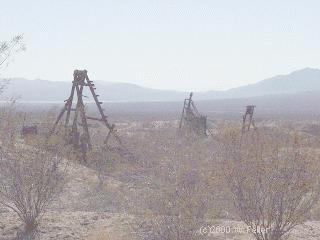 -
- 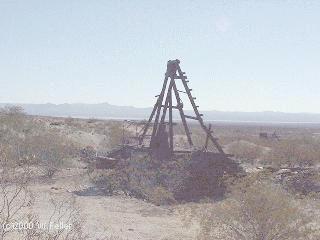
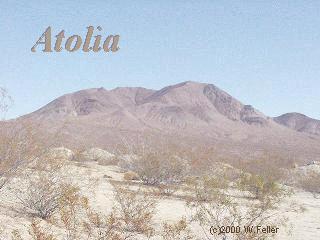 -
- 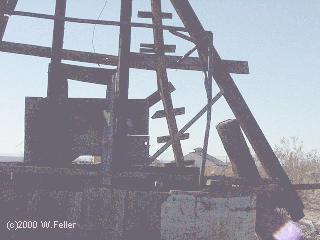
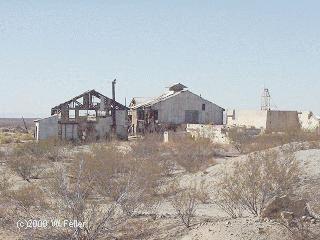 -
- 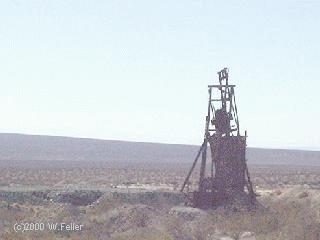
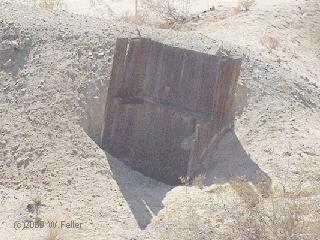 -
- 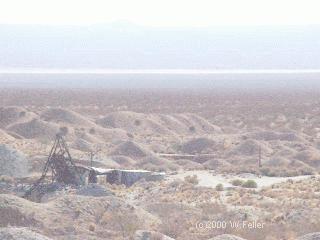
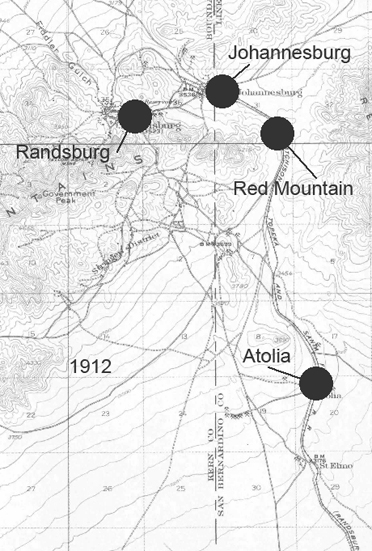
Since 1896 miners and prospectors in the Stringer District (southeast of Randsburg) had been cursing the unwanted appearance of a creamy white substance in their pans and dry washers that was interfering with the gold recovery. The nasty stuff was nicknamed “heavy spar.” ...
Atolia/Randsburg - Desert Fever
Atolia Afterwards - Desert Fever
Atolia, dating back to 1905, was California's first tungsten camp. It was located fives miles south of Randsburg at the base of Red Mountain. It had the railroad at its door so tank cars could haul water in. Atolia boomed wildly during World War One and as late as the 1950's was an important source of tungsten. The tungsten boom came in World War One. Tungsten is used as a "hardener" for steel and was in great demand during the war. However, after the boom of the war years the demand lessened when it became more economical to import tungsten from China and other areas.The name Atolia was the combination of two names belonging to prominent tungsten miners, Atkins and DeGolia. These were the first miners to put up the first tungsten mill around 1907. Tungsten was very valuable, so the miners were watched like the laborers in South African diamond mines. The miners were searched when they came out of the 900-foot shaft for any high-grade tungsten they might steal. By the end of World War One, the price of tungsten dropped and the cream of the tungsten was gone and mining slowed.
from: A Short History of the Randsburg-Mojave Road
Southern Alliance of E Clampus Vitus